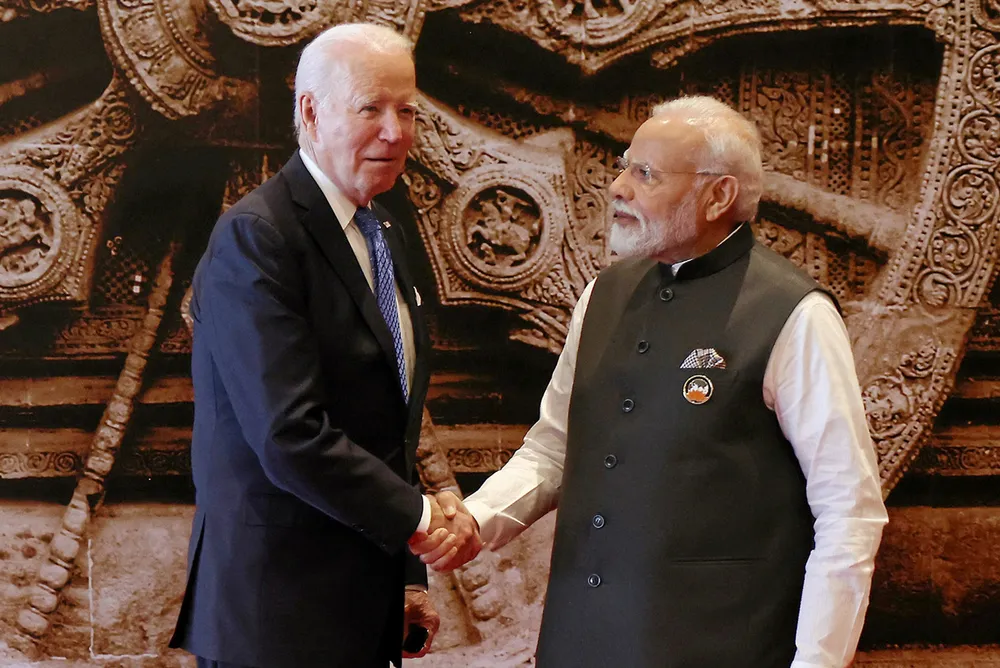US and EU eye hydrogen exports from India to Europe via Middle East pipeline
The proposed pipeline is part of a Western initiative that seems designed to rival China’s Belt and Road policy

The proposed pipeline is part of a Western initiative that seems designed to rival China’s Belt and Road policy
